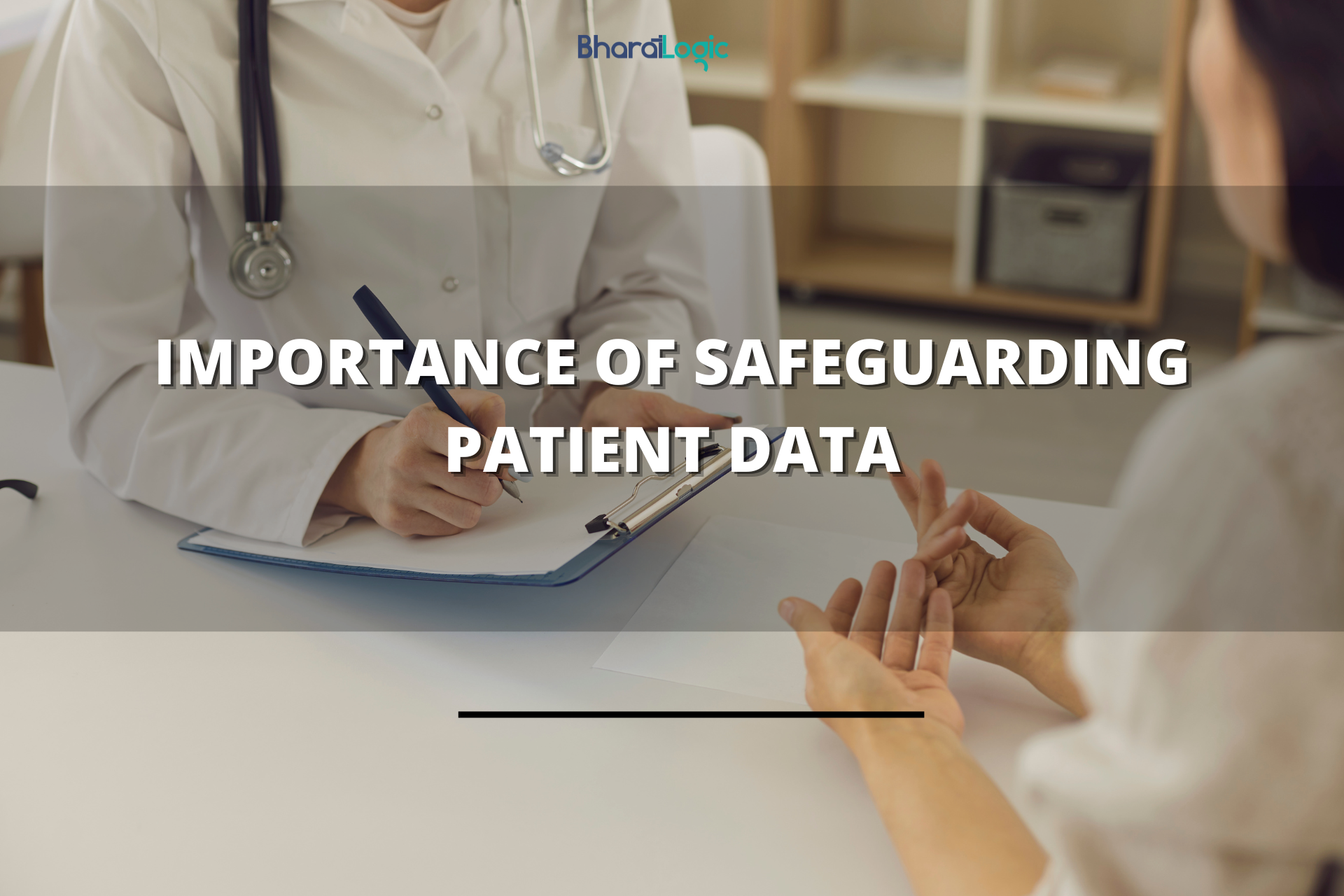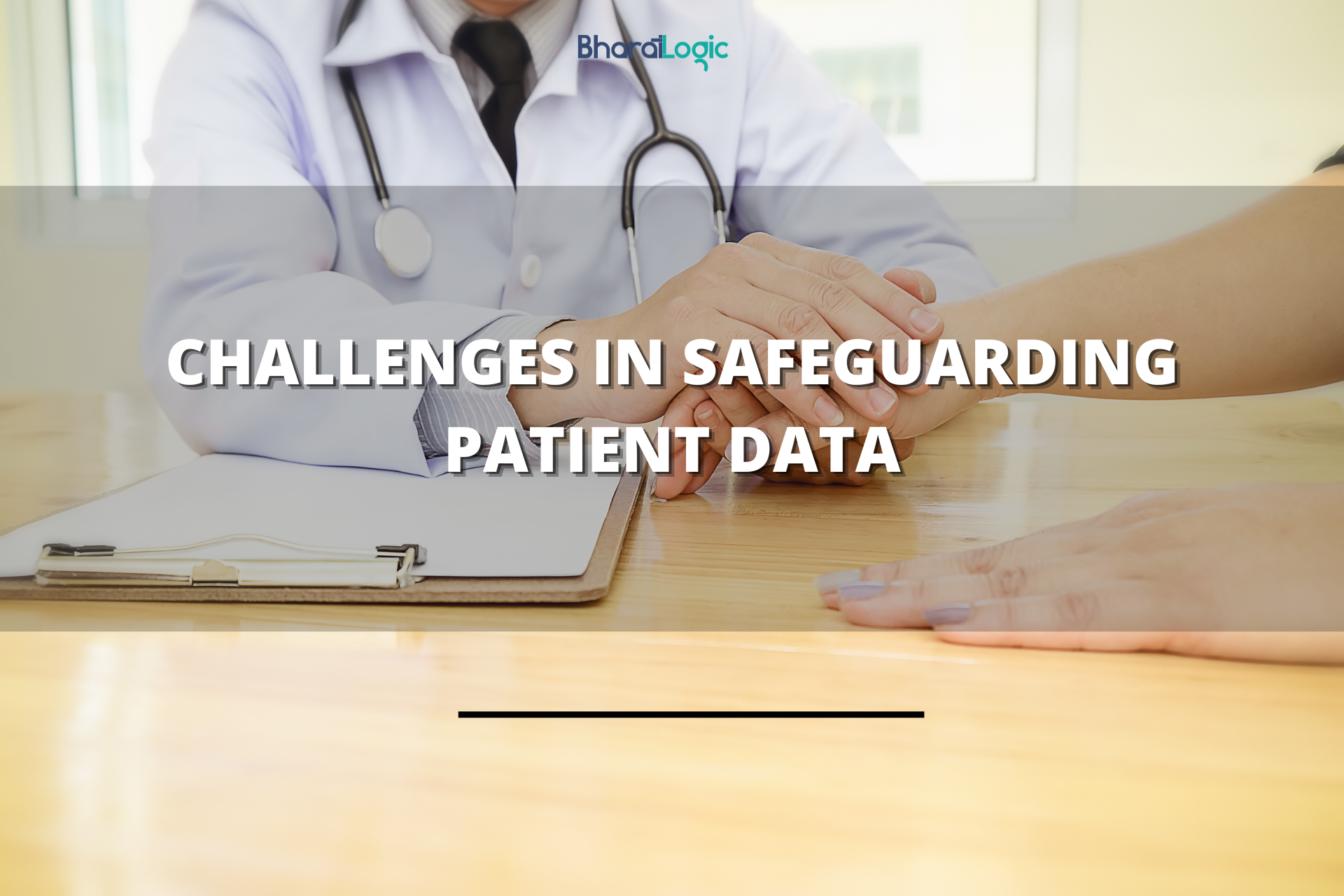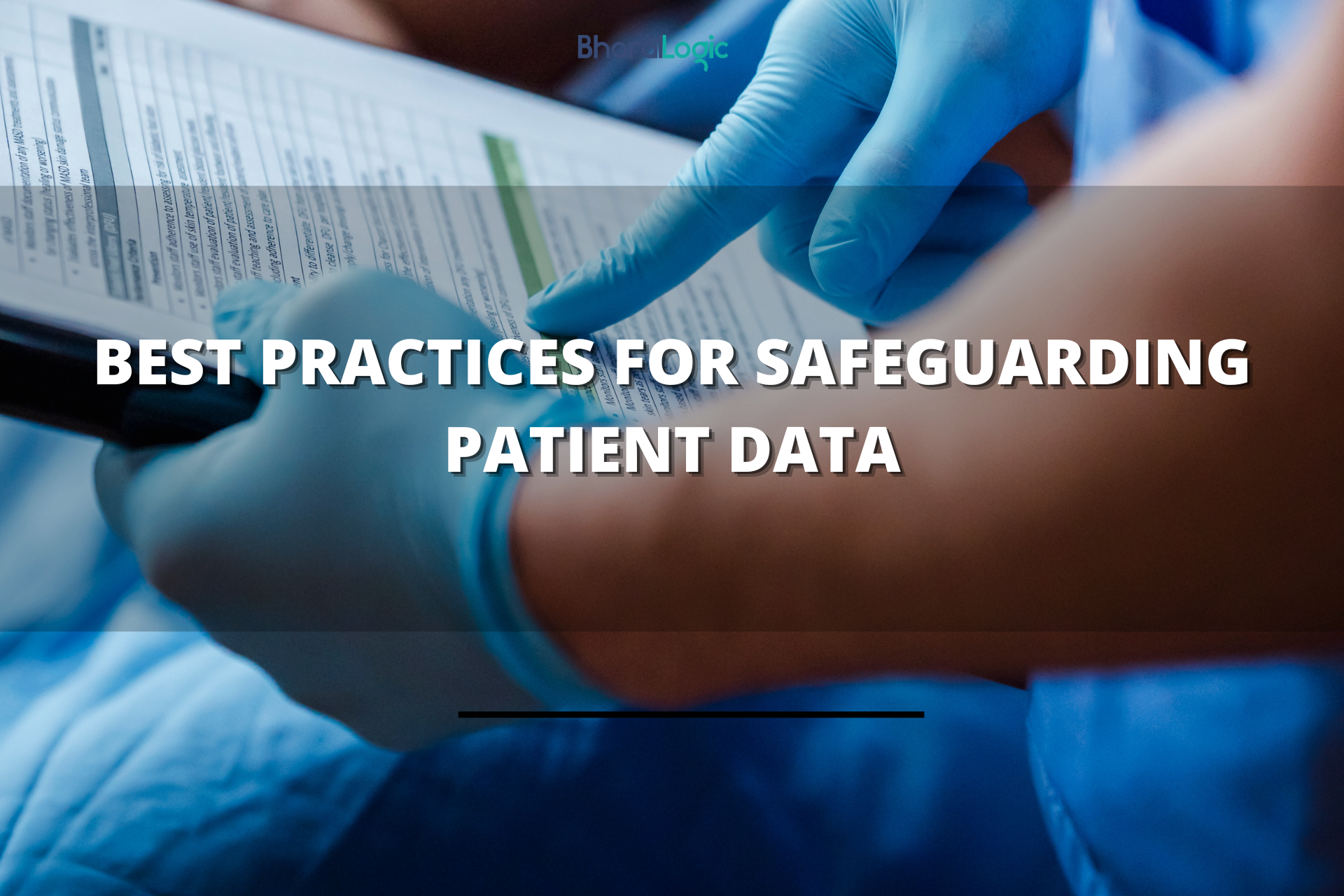Safeguarding Patient Data: A Priority for Healthcare Organizations
Safeguarding patient data has become a top priority for healthcare organizations. With the increasing use of electronic health records and online communication, the risk of data breaches and unauthorized access to sensitive patient information has also risen. In order to protect patient privacy and comply with data protection regulations, healthcare organizations must take proactive measures to secure their systems and ensure the confidentiality of patient data.
Importance of Safeguarding Patient Data

Protecting patient data is not just a matter of legal compliance; it is also crucial for maintaining trust and credibility with patients. When patients share personal information with healthcare providers, they trust that this information will be kept confidential and secure. Any breach of this trust can have serious consequences, including damage to the reputation of the healthcare organization and potential legal repercussions.
In addition, patient data is a valuable target for cyber criminals who may seek to steal personal information for financial gain or to commit fraud. By ensuring the security of patient data, healthcare organizations can prevent data breaches and protect patients from identity theft and other forms of cybercrime.
Challenges in Safeguarding Patient Data

Despite the importance of protecting patient data, healthcare organizations face a range of challenges in maintaining the security of their systems. These challenges include:
1. Increasing volume of data: Healthcare organizations handle vast amounts of patient data, including medical records, test results, and billing information. Managing and securing this data can be a complex and resource-intensive task.
2. Diversity of data sources: Patient data is collected from a variety of sources, including electronic health records, medical devices, and online portals. Each of these sources presents its own security risks, making it difficult for healthcare organizations to maintain a comprehensive security strategy.
3. Lack of cybersecurity expertise: Many healthcare organizations lack the in-house expertise needed to effectively manage cybersecurity risks. This can leave them vulnerable to cyberattacks and data breaches.
4. Compliance requirements: Healthcare organizations must comply with a range of data protection regulations, such as HIPAA in the United States and GDPR in Europe. Ensuring compliance with these regulations can be challenging, particularly for organizations with limited resources.
Best Practices for Safeguarding Patient Data

Despite the challenges, there are a number of best practices that healthcare organizations can follow to safeguard patient data. These practices include:
1. Encryption: Encrypting patient data both in transit and at rest can help prevent unauthorized access to sensitive information. Healthcare organizations should implement strong encryption algorithms and ensure that encryption keys are securely managed.
2. Access controls: Implementing access controls can help limit the number of employees who have access to patient data and prevent unauthorized access. Healthcare organizations should use role-based access control systems to ensure that employees only have access to the data they need to perform their job duties.
3. Security training: Providing cybersecurity training for employees can help raise awareness of security risks and ensure that staff follow best practices for protecting patient data. Training should cover topics such as phishing attacks, password security, and data handling procedures.
4. Incident response plan: Healthcare organizations should have a comprehensive incident response plan in place to address data breaches and security incidents. This plan should outline steps for containing the breach, notifying affected individuals, and mitigating damage to the organization’s reputation.
5. Regular security assessments: Conducting regular security assessments can help healthcare organizations identify vulnerabilities in their systems and address them before they are exploited by cyber criminals. Organizations should perform penetration testing, vulnerability scans, and risk assessments to ensure the security of patient data.
Conclusion
One way healthcare organizations can enhance their data security measures is by incorporating automation into their systems to reduce human error and streamline processes. Automation can help ensure that sensitive patient data is properly encrypted, access controls are consistently enforced, and security patches are promptly applied. Using HIPAA compliant software can provide peace of mind that patient information is being handled in a secure and compliant manner. By combining automation with HIPAA compliant software, healthcare organizations can strengthen their overall data security posture and better safeguard patient data from potential threats.
Ultimately, safeguarding patient data is not just a legal requirement; it is also an ethical responsibility. Patients trust healthcare providers with their most personal and sensitive information, and it is up to healthcare organizations to ensure that this trust is not misplaced. By prioritizing data security and implementing robust security measures, healthcare organizations can demonstrate their commitment to protecting patient privacy and maintaining the trust of their patients.
FAQ's
Some common ways healthcare organizations can safeguard patient data include implementing encryption technology, setting up firewalls, training staff on cybersecurity best practices, regularly updating software and systems, and conducting security audits and risk assessments.
The consequences of a data breach in a healthcare organization can be severe and costly. It can lead to patient harm, legal repercussions, financial loss, damage to the organization’s reputation, and potential penalties for non-compliance with data protection regulations.
Healthcare organizations can ensure that patient data is securely stored and transmitted by using secure and encrypted data storage systems, implementing secure messaging platforms, restricting access to sensitive information on a need-to-know basis, and regularly monitoring and auditing data access and usage.
Healthcare organizations can improve their data security practices by investing in cybersecurity training for staff, implementing multi-factor authentication for access to sensitive information, conducting regular security assessments and audits, staying up-to-date on the latest cybersecurity threats and solutions, and collaborating with other organizations to share best practices and resources.

